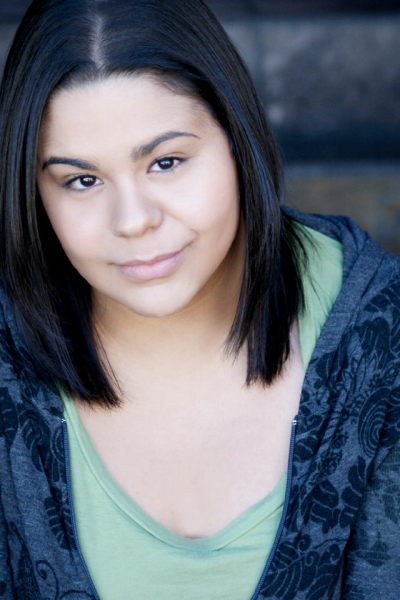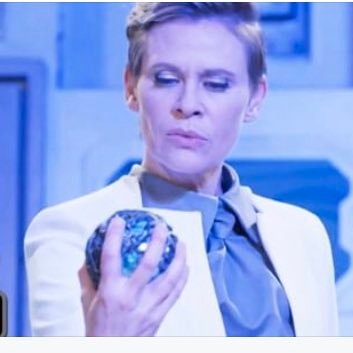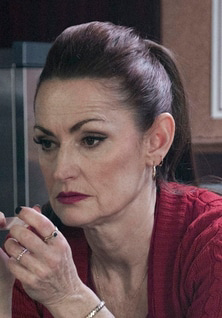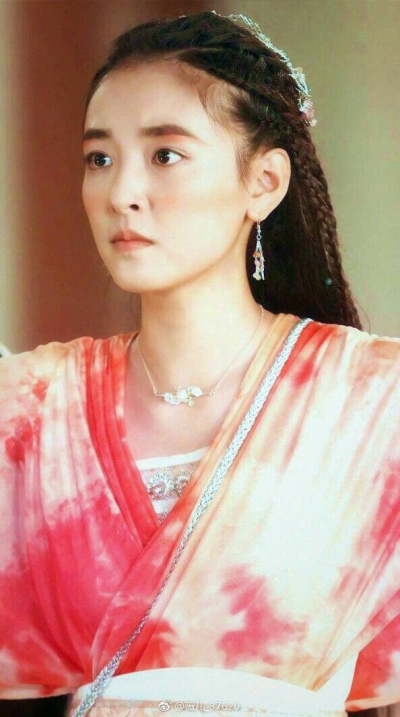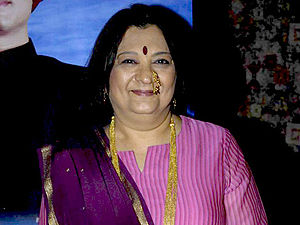ABOUT
Audrey Hepburn is celebrated as one of the most iconic actresses in the history of cinema. Born on May 4, 1929, in Ixelles, Brussels, Belgium, she became a symbol of elegance, grace, and timeless beauty, captivating audiences worldwide with her performances and distinctive style. Hepburn’s career spanned over four decades, during which she starred in numerous classic films, earning critical acclaim and various prestigious awards.
Her most notable works include "Breakfast at Tiffany's," "Roman Holiday," "My Fair Lady," and "Sabrina." Beyond her acting career, Hepburn was deeply involved in humanitarian work, dedicating much of her later life to serving as a UNICEF Goodwill Ambassador. Her contributions to both cinema and humanitarian causes have left an indelible mark on the world.
BEFORE FAME
Before she became a household name, Audrey Hepburn faced several challenges. Born to a wealthy family, her early life was disrupted by the outbreak of World War II. Her family moved to the Netherlands, hoping to find safety in a neutral country, but they experienced the hardships of occupation. During this period, Hepburn trained in ballet, which would influence her graceful presence on screen.
After the war, she moved to London, where she continued her ballet training and began her career as a chorus girl in West End musical theatre productions. Her big break came when she was cast in the Broadway play "Gigi" in 1951, which set the stage for her successful transition into Hollywood.
TRIVIA
- Audrey Hepburn was fluent in several languages, including English, Dutch, French, Italian, Spanish, and German.
- She won the Academy Award for Best Actress for her role in "Roman Holiday" (1953), her first significant leading role in a Hollywood film.
- Hepburn is one of the few people to have won Academy, Emmy, Grammy, and Tony Awards.
- She was named to the International Best Dressed List Hall of Fame in 1961.
- Hepburn’s image is often associated with Givenchy's fashion designs, as she was a muse for the designer and frequently wore his creations both on and off-screen.
FAMILY LIFE
Hepburn's parents were Joseph Victor Anthony Ruston, an English banker, and Ella van Heemstra, a Dutch baroness. Her early family life was marked by upheaval due to her parents' separation and the subsequent war years. Audrey Hepburn was married twice: first to actor Mel Ferrer, with whom she had a son, Sean Hepburn Ferrer, and later to Italian psychiatrist Andrea Dotti, with whom she had another son, Luca Dotti.
Despite her global fame, Hepburn maintained a private and reserved personal life, focusing on raising her children away from Hollywood's spotlight. She spent her later years living in Switzerland, where she found solace in nature and family.
ASSOCIATED WITH
Audrey Hepburn has collaborated with some of the most prominent figures in film and fashion. Her on-screen chemistry with actor Gregory Peck in "Roman Holiday" was widely celebrated, and she worked with other top actors such as Humphrey Bogart ("Sabrina"), Fred Astaire ("Funny Face"), and Rex Harrison ("My Fair Lady").
Her collaboration with French fashion designer Hubert de Givenchy was particularly notable. Givenchy designed many of the iconic outfits Hepburn wore in her films, contributing significantly to her status as a fashion icon. Hepburn's classic look in "Breakfast at Tiffany's" featuring the little black dress remains one of the most enduring images in cinema and fashion history.
Hepburn's enduring legacy in the arts and humanitarianism makes her a beloved and influential figure, remembered not just for her contributions to film, but also for her profound compassion and work for the betterment of humanity.





